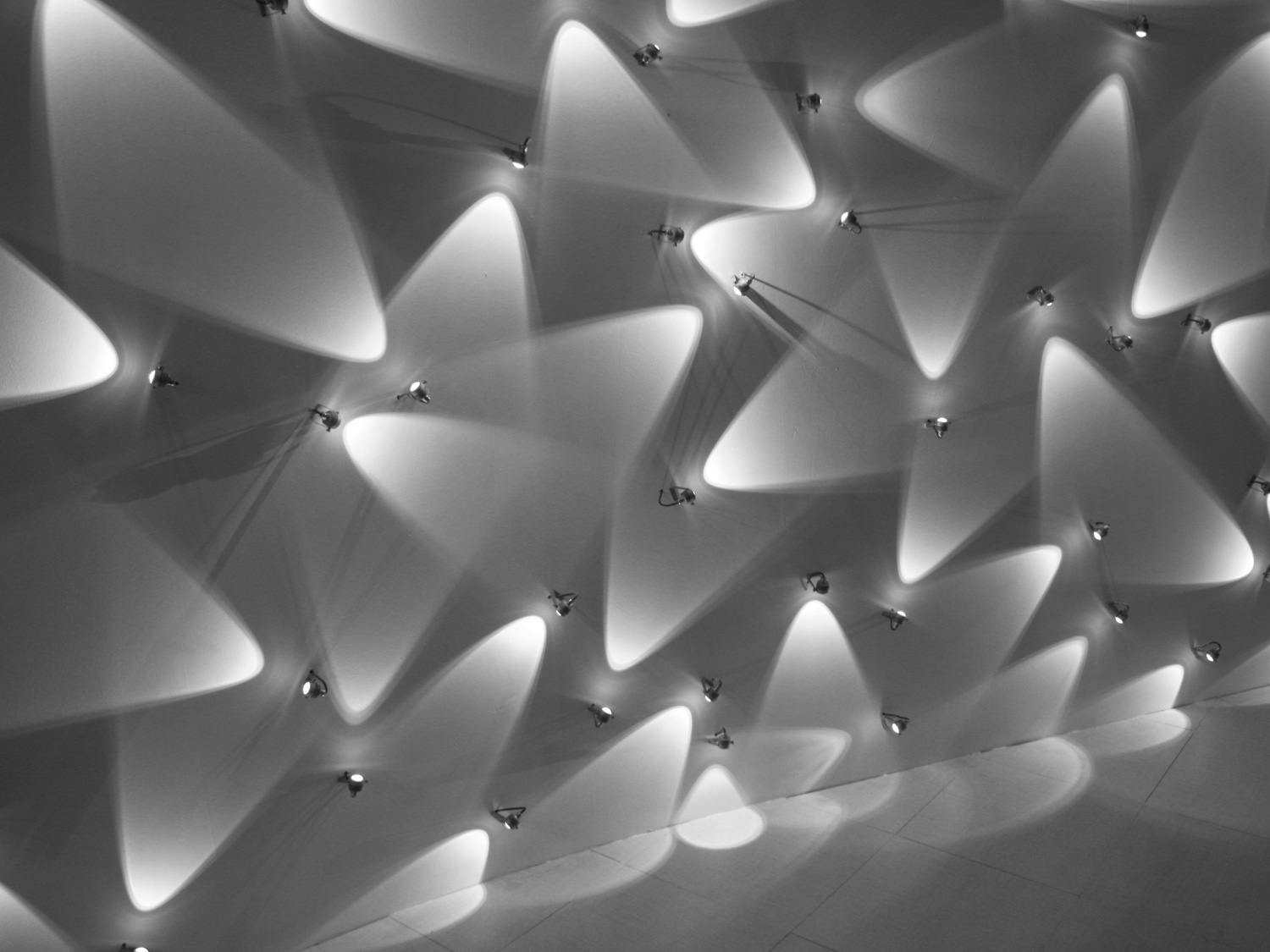Technology
The LITES solution delivers an intelligent public street lighting service using solid-state lights LED in order to drastically reduce energy consumption. The lighting service will be compliant with road classes CE2-CE5, S- and A- according to the standard of EN13201. That means that the device can be installed in secondary street, access road, commercial access, allotment, and pedestrian way, cycle track. It is compliant with all electric standards for “luminaires‟ general requirements and tests as well. The core element of this solution is the active and instantaneous dimming of the lamp power supply depending on the situation; a set of embedded sensors will measure ambient light, temperature, current, and will detect motion.
Real time process of this data by embedded intelligence allows our device delivering the best lighting at the right moment providing thus a maximum lighting comfort to the users. Goal of Lites project is to provide a sophisticated technology, including presence detection and dimming modification. Using LED can only perform this instant dimming. The SSL (Solid State Lighting) LED technology will be used to produce light and we shall use one characteristics of the LED, to know its instantaneous capacity of increasing illumination power, to design and set up the system of active and automatic dimming. This system is based on a set of embedded sensors (light, motion, temperature, and current) and embedded software in each lantern. Data are sent from lanterns to the electric cabinet gateway by a power line communication device. The gateway is connected through the Internet network to the remote management centre.
During the project there are following objectives on the technology realization:
- efficiency of the optical element of the lantern,
- efficiency of the power supply,
- quality of the sensors,
- networking of the data processing,
- network communication by power line communication,
- remote management with collection of results and detection of faults.
Thanks to its handiness and its extreme flexibility, this electronic element that is the LED, associated with other subsets of comparable nature, makes possible reconsidering street lighting by improving it significantly. The LED as an electronic component can be easily controlled by data-processing and a communicating environment.
Today, the new generations of products and the solutions closely bind high technologies and sustainable development. For that, we proposed a LED light lamp unit called DATALED52 with embedded intelligence and a radio communicating system. This light unit is adapted to the various electric constraints (of 80 volts to 265 volts) and fits into a majority of the lanterns.
Main advantages:
- a resistance to extreme temperatures (-30°C to + 50°C),
- an adaptation to any type of current (from 85 Volts to 265 Volts),
- a voltage regulation (insensitive to main power supply variations),
- an adaptation in terms of height (from 4 to 8 metres),
- an automatic dimming law,
- networking of all the elements of the zone to be lit,
- a large set of colour temperatures.
This lighting control process carries out various tasks: - automatic dimming with start and stop times (start of the night with normal flow then reduced flow at 22h:00 and finally normal flow at 04h:30), - twilight switch, - temperature control.
Each lamp can be equipped with a radio head. In this configuration the lamp becomes a node of a network. This node participates in the communication of events and all types of information available on the network. Thanks to this network, commands can be sent to one or many lamps or even all the lamps. This network allows collection of information such as the consumption, the lighting duration, and data from the sensors of each lamp.
Advanced functionalities such as motion detection or real time clocking can travel through the network and then change automatically the light power giving the most efficient service of lighting and power consumption reduction. The luminary is composed of a matrix of LEDs, a power supply, sensors, a power line communication (PLC) interface and a power supply control device. Data of light intensity, of motion, of temperature, and of current are sent by the sensors to the smart control device, then processes by the embedded control software, a dimming signal is sent to the power supply in order to regulate it providing thus the gradation of the light emitted by the LEDs.
A power line communication system provides the connection of the luminary to the electric cabinet and then to the Internet network allowing the remote management of pilot. In addition the system includes energy metering, two-way communication on the existing power supply wires and administrative toolkit for processing the operational tasks. The energy-metering device will allow comparison with traditional lamp lighting systems.
